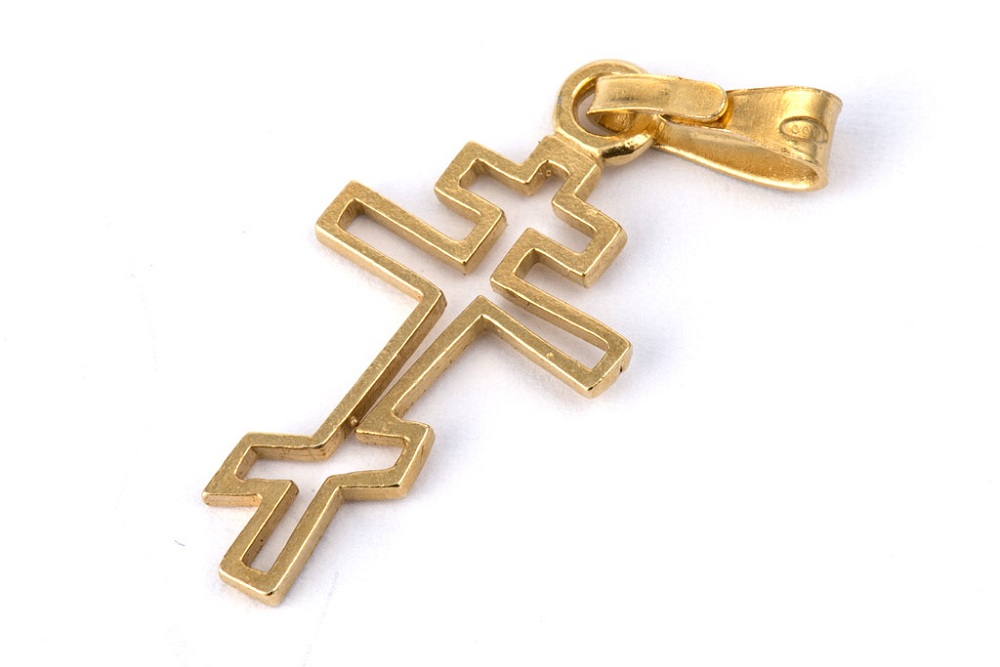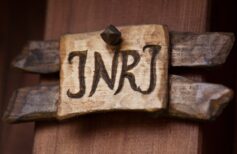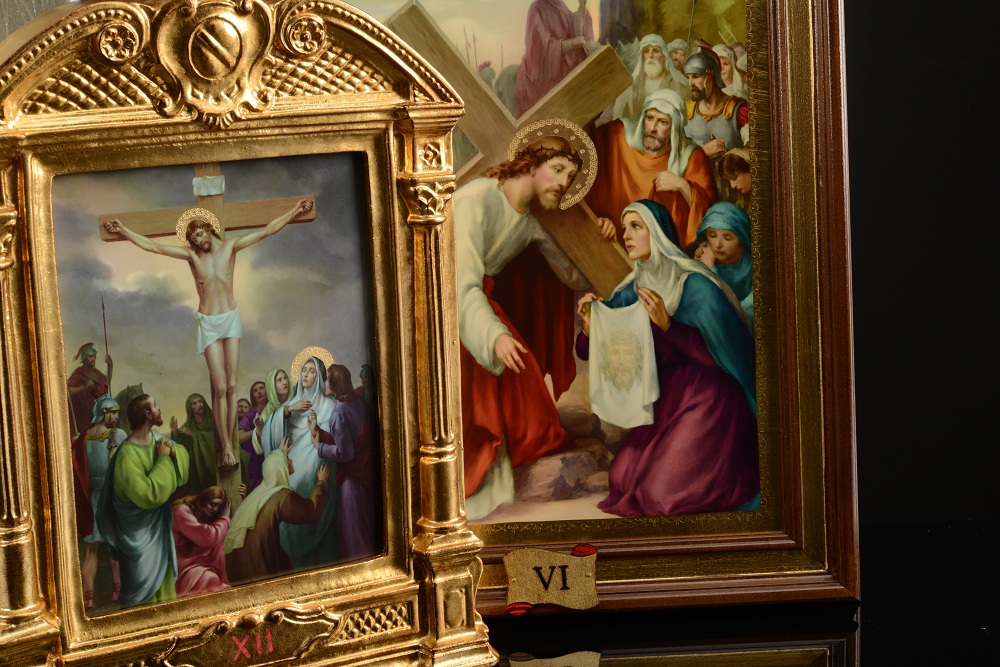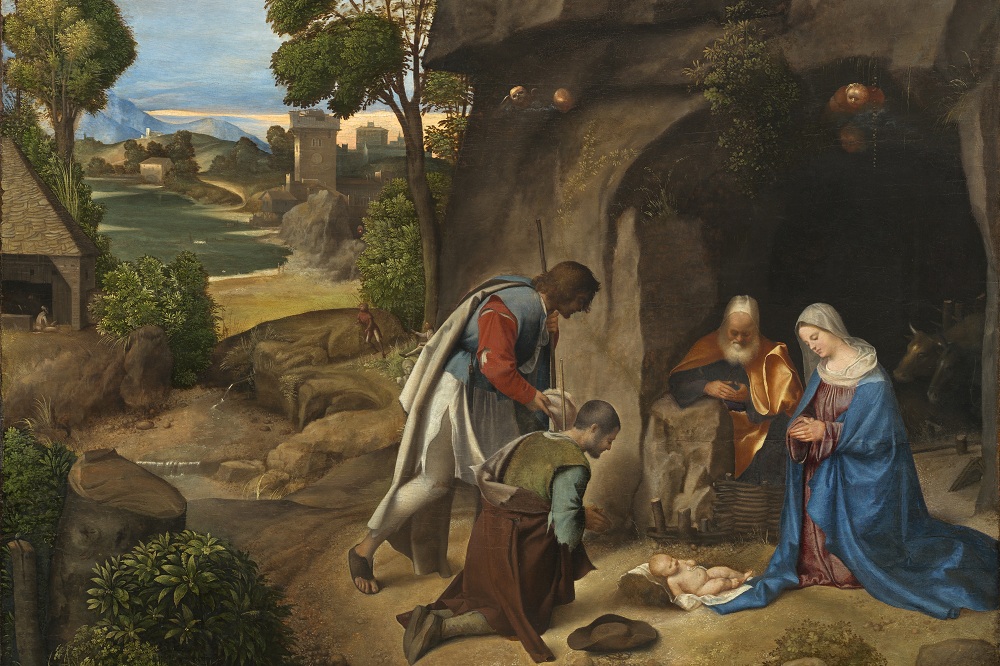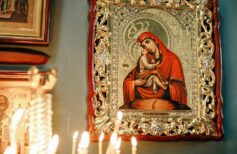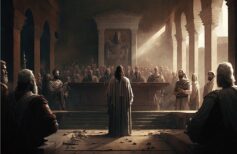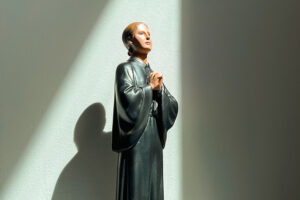The Orthodox cross is a particular version of the cross, characterised by some symbolic elements that make it unique to its kind. It is divided into a vertical line crossed by three diagonal bars. In a stylised way, these bars represent the crucifixion of Jesus: the highest plate has the inscription ‘Jesus Christ, King of the Jews’ (INBI in Greek, or INRI in Latin), that Pilate ordered to put up to mock the Saviour; the lowest, diagonal in Russian iconography, straight in the Greek one, is the footstool. The slope of the bottom bar has symbolic significance as it represents the ascension of Christ, in addition to the concept that “The Cross is the Scales of Justice”. The truth is that the Orthodox cross hides countless hidden symbols and signs, not only in its unique form, but often also in decorations with which it is embellished.
The figure of Jesus, for example, is not represented in a random way: he does not carry the crown of thorns, and is fixed to the cross with four nails instead of three. His head is tilted to the right. Behind him, to resume the lines of his body, the spear with which Longinus pierced his side, and the towel with which he was quenched with vinegar.
In the background is the city of Jerusalem, the scene of the Passion. The cross of Jesus rests on the rocks, below which opens a cave, in which the skull of Adam is visible. This relates to the progenitor of all men, who lost the grace and love of God for his sin, and Jesus, the incarnation of the New Covenant and the forgiveness of the Father. On either side of the bar that holds Jesus, there are the sun and the moon, and figures of angels, as well as many inscriptions that refer to prophecies and prayers.
It is a representation of Jesus’ death without the connotations of blood and agony, but it expresses sanctity, nobility, a kind of solemn beauty.

